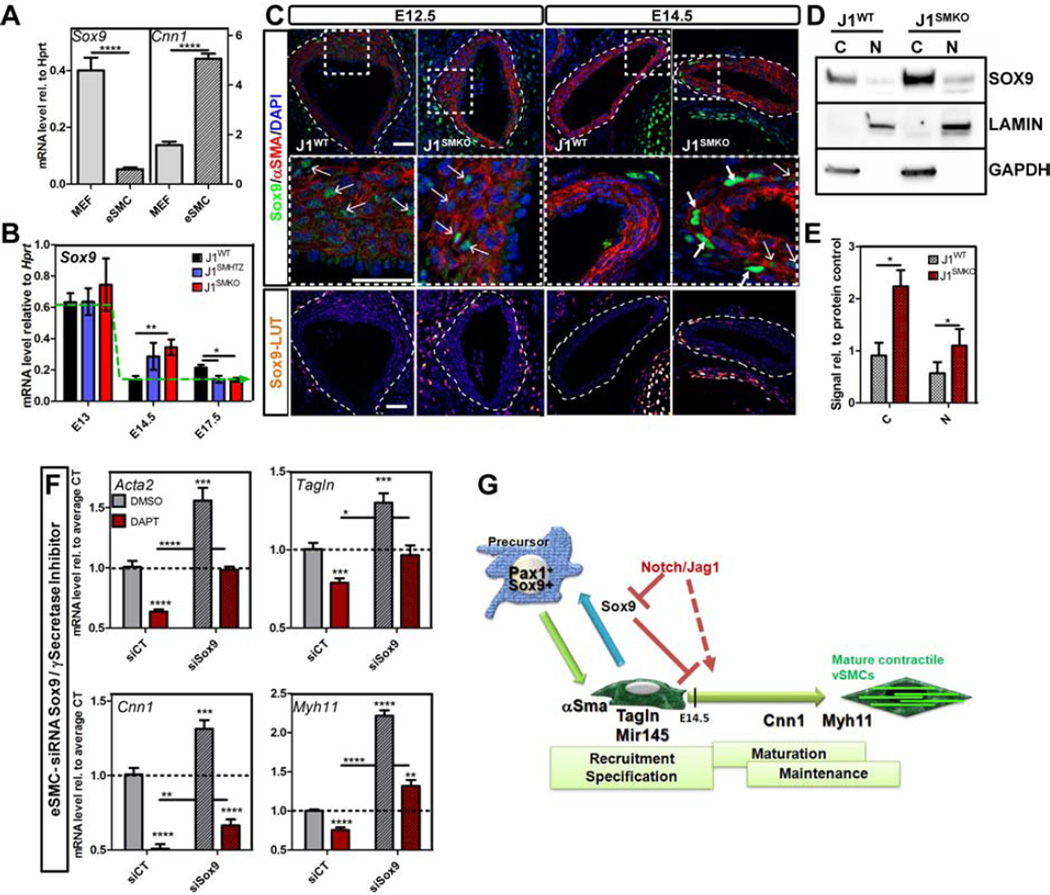Figure 4. Notch signaling represses Sox9 expression to allow acquisition and maintenance of vSMC contractile phenotype.
A- Transcriptional level of Sox9 and Cnn1 was determined by qRT-PCR in WT MEFs and E14.5 vSMC, normalized and represented relative to Hprt housekeeping gene. n=8–12; B-Sox9 transcript level was evaluated by qRT-PCR from dorsal aortae harvested at the indicated stages and represented relative to Hprt. J1WT (black bars), heterozygous (J1SMHTZ, blue bars) and J1SMKO (red bars) DA were analyzed. Green dotted line represents the trend of expression of J1WT over time. nJ1WT= 5–9; n J1SMHTZ =3–5; nJ1SMKO=3–5. C- Immunodetection of Sox9 (green; LUT) in combination with αSMA (red) in the DA at E12.5 and E14.5. Bottom panels are higher magnification view of respective top panels. Scale Bars: 25µm. D–E- Protein level of Sox9 in the cytoplasm (C) and in the nucleus (N) of J1WT and J1SMKO E14.5 vSMC was quantified by Western blot. GAPDH and LAMIN A/C were used as loading control for cytoplasmic and nuclear fraction respectively. n=3 (E). F- WT vSMC at E14.5 were treated with siRNA targeting Sox9 previous to DAPT treatment (50µM- 24h). Transcriptional analysis of Acta2, Tagln, Cnn1 and Myh11 was performed by qRT-PCR and represented as fold change compared to control treated with scramble siRNA and DMSO. Data are represented as mean +/− SEM n=7. A,B,E,F: *p<0.05; **p<0.001; ***p<0.0005; ****p<0.0001. E- Constant pressure of Notch signaling through Jag1 in the SM22+ compartment represses Sox9 expression in vivo. This prevents reprogramming of immature vSMC and allows maturation toward a contractile phenotype.

